Increasing Environmental Awareness
The food biodegradable-packaging market is experiencing growth driven by heightened environmental awareness among consumers. As individuals become more conscious of their ecological footprint, they increasingly seek products that align with sustainable practices. This shift in consumer behavior is reflected in market data, indicating that approximately 70% of consumers in the US prefer brands that utilize eco-friendly packaging. Consequently, companies are compelled to innovate and adopt biodegradable materials to meet this demand. The food biodegradable-packaging market is thus positioned to benefit from this trend, as businesses strive to enhance their sustainability profiles and attract environmentally conscious consumers.
Corporate Sustainability Initiatives
Many companies in the food sector are implementing corporate sustainability initiatives, which significantly influence the food biodegradable-packaging market. These initiatives often include commitments to reduce plastic waste and enhance the use of renewable materials. For instance, a survey revealed that over 60% of food companies in the US have set targets to increase their use of biodegradable packaging by 2025. This corporate shift not only reflects a response to consumer demand but also aligns with broader environmental goals. As a result, the food biodegradable-packaging market is likely to see increased investment and innovation as companies strive to meet their sustainability objectives.
Innovation in Biodegradable Materials
Innovation in biodegradable materials is a key driver of the food biodegradable-packaging market. Advances in material science have led to the development of new biodegradable polymers that offer improved performance and functionality. For instance, recent innovations have resulted in materials that can decompose within months, compared to traditional plastics that take years. This progress not only enhances the appeal of biodegradable packaging but also addresses concerns regarding durability and shelf life. As a result, the food biodegradable-packaging market is poised for growth as manufacturers increasingly adopt these innovative materials to meet consumer and regulatory demands.
Consumer Preference for Healthier Options
The food biodegradable-packaging market is also influenced by consumer preferences for healthier food options. As awareness of the health impacts of packaging materials grows, consumers are increasingly opting for products that utilize biodegradable packaging. Research indicates that nearly 65% of consumers are willing to pay a premium for food products packaged in biodegradable materials, viewing them as safer and more environmentally friendly. This trend suggests that the food biodegradable-packaging market will continue to thrive as manufacturers respond to consumer demands for healthier and more sustainable packaging solutions.
Government Incentives for Sustainable Practices
Government incentives play a crucial role in shaping the food biodegradable-packaging market. Various federal and state programs are designed to encourage businesses to adopt sustainable packaging solutions. For example, tax credits and grants are available for companies that invest in biodegradable materials. This financial support can significantly lower the barriers to entry for businesses looking to transition to eco-friendly packaging. As a result, the food biodegradable-packaging market is likely to expand as more companies take advantage of these incentives, fostering a more sustainable packaging landscape in the US.



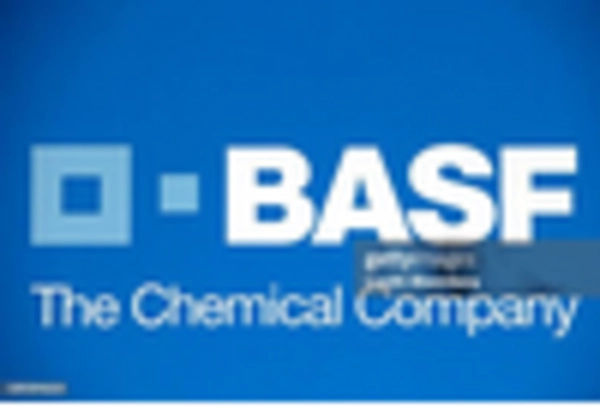

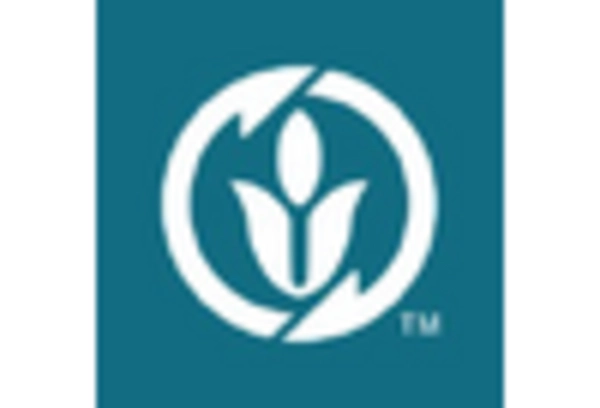
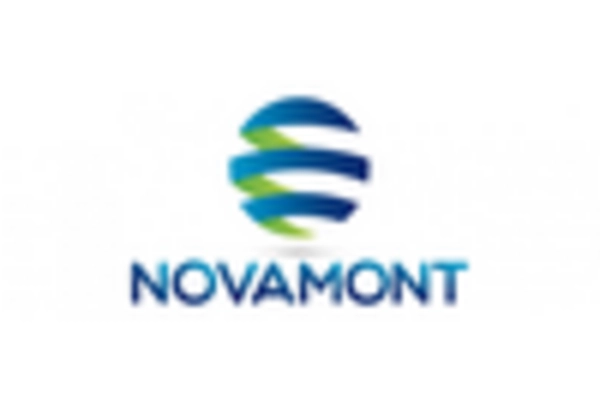
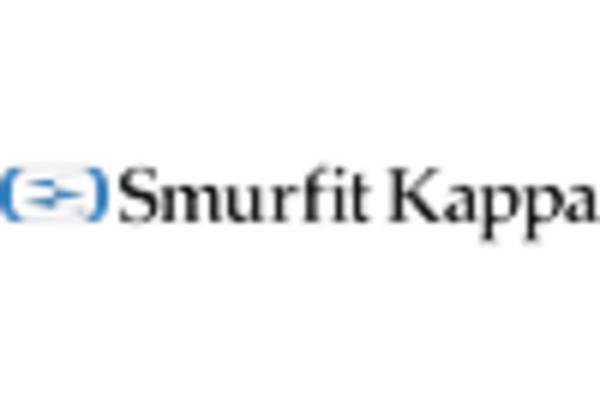
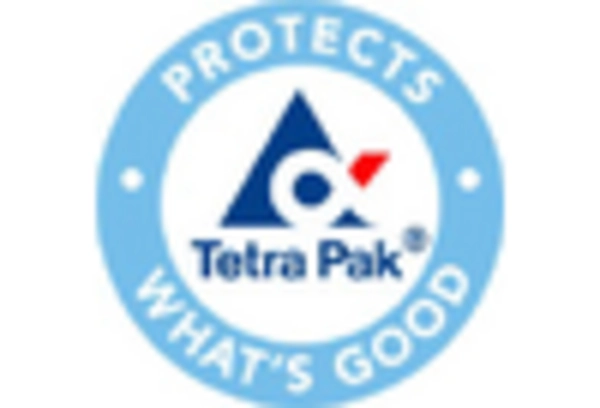








Leave a Comment